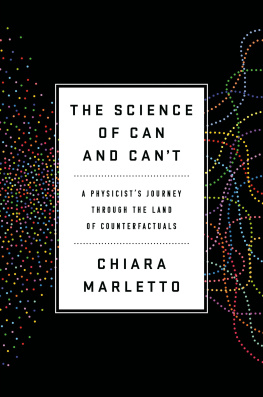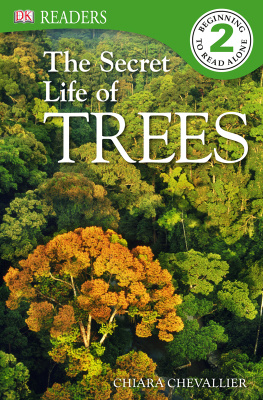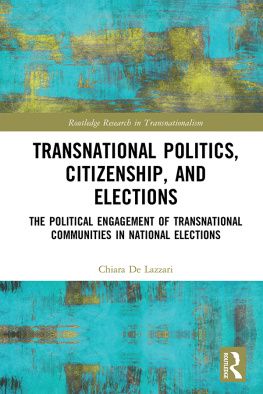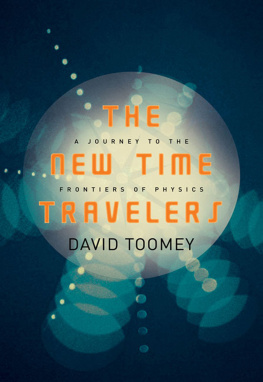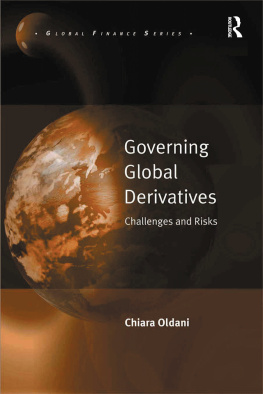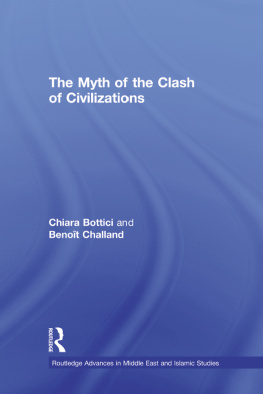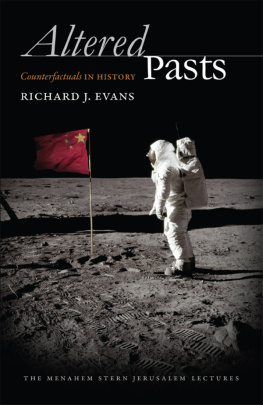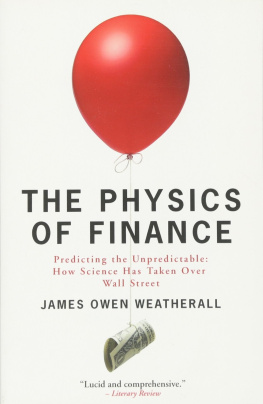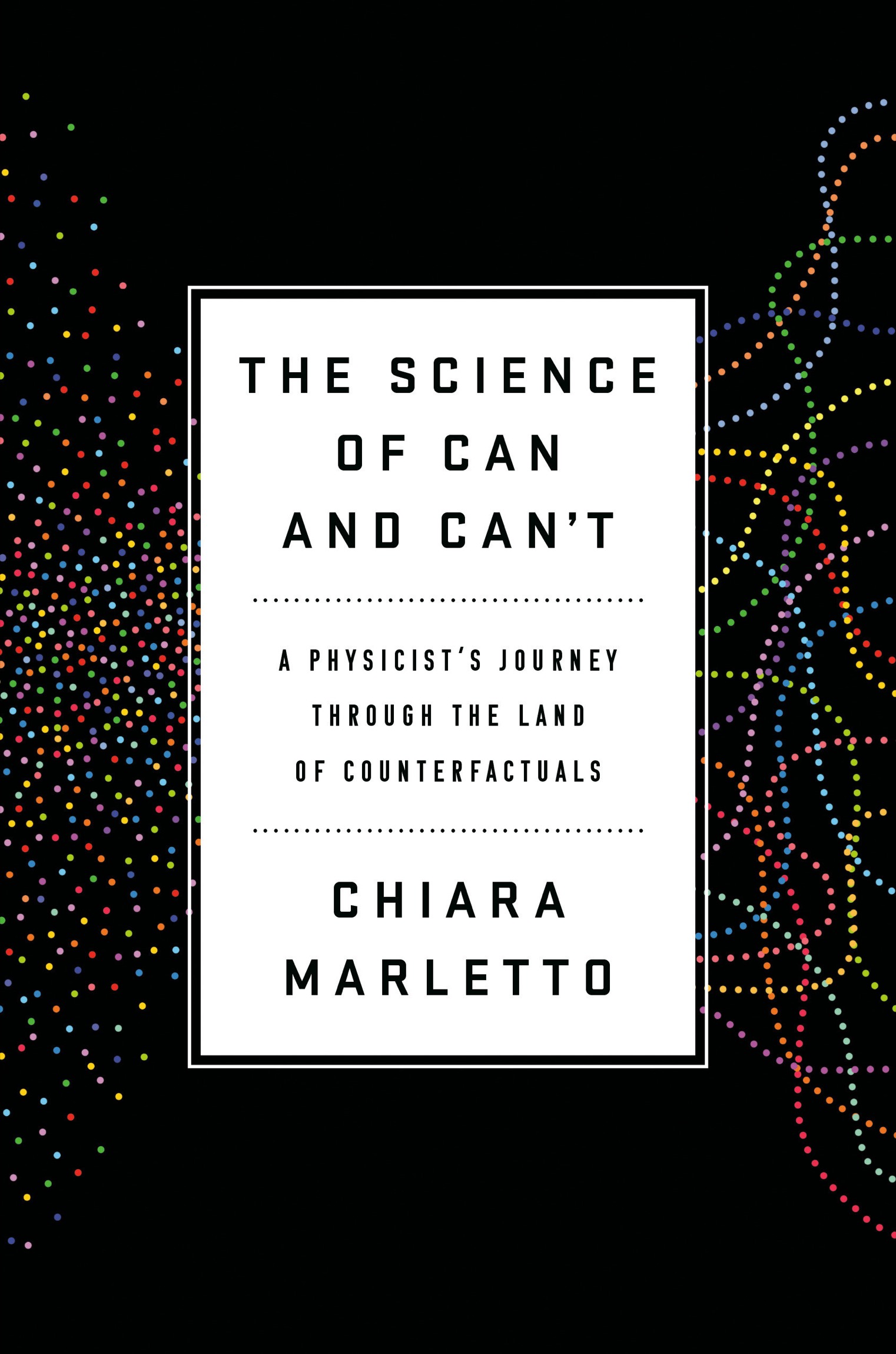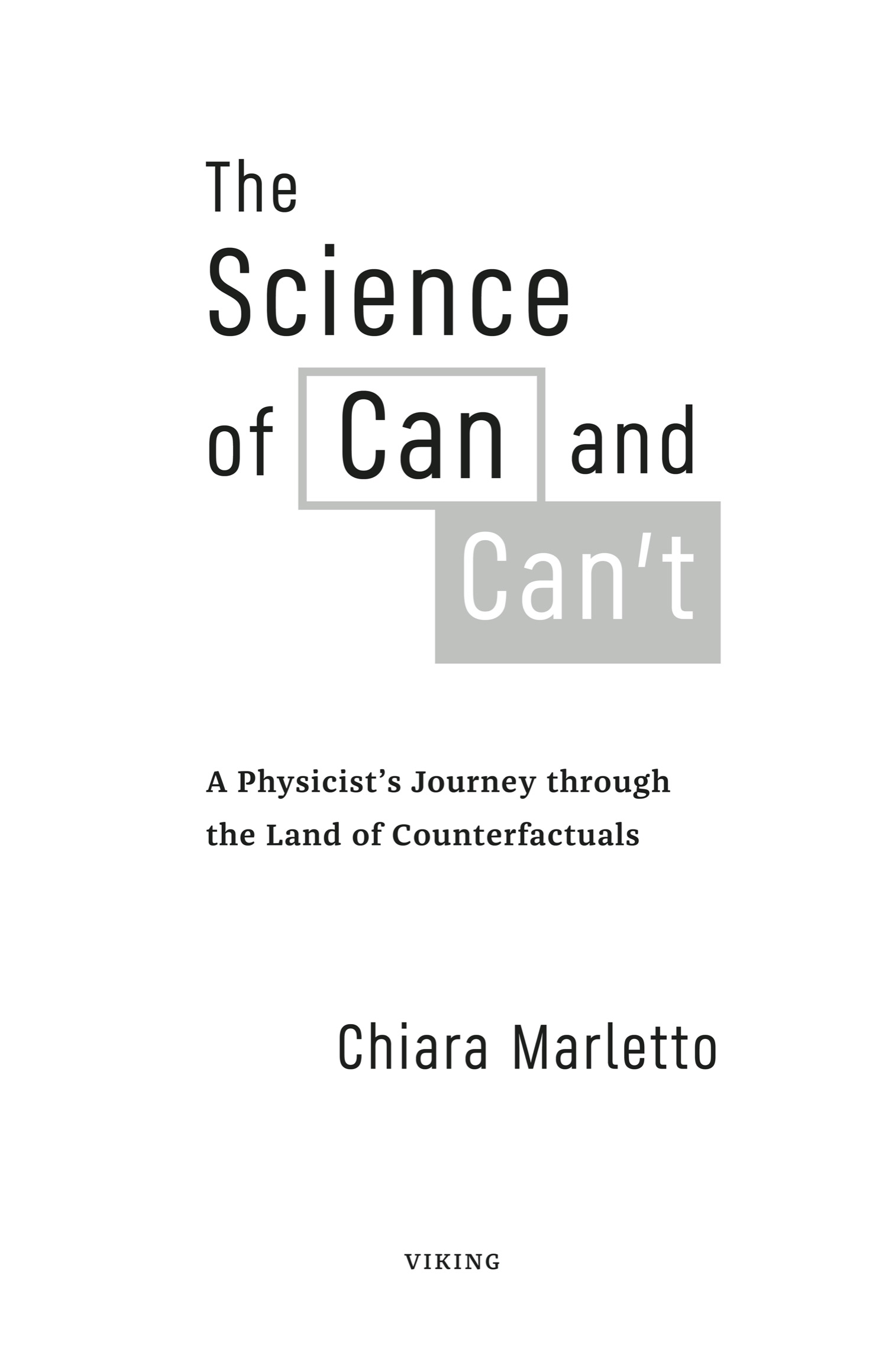Penguin supports copyright. Copyright fuels creativity, encourages diverse voices, promotes free speech, and creates a vibrant culture. Thank you for buying an authorized edition of this book and for complying with copyright laws by not reproducing, scanning, or distributing any part of it in any form without permission. You are supporting writers and allowing Penguin to continue to publish books for every reader.
Names: Marletto, Chiara, author.
Title: The science of can and cant : a physicists journey through the land of counterfactuals / Chiara Marletto.
Description: New York : Viking, [2021] | Includes bibliographical references and index.
Identifiers: LCCN 2020037751 (print) | LCCN 2020037752 (ebook) | ISBN 9780525521921 (hardcover) | ISBN 9780525521938 (ebook)
Subjects: LCSH: SciencePhilosophy. | Natural selection. | Counterfactuals (Logic)
Foreword
This is an intensely rational, transformative, and delightfully humane book about the power of taking counterfactual explanations of the world seriously. Those are explanations about what physical events could or could not be made to happen.
This is a major departure from the traditional conception of physics and science more generally, which takes for granted that scientific theories can only be about what must happen in the universe (or what is likely to), given what has happened, and which rejects such intangibles as causation, free will, and choice as being mere psychological props, or even mystical. And it even classifies such essential laboratory concepts as temperature, information, and computation as being incompatible with any exact description of nature, and convenient only at the level of human sensory experience.
But none of that is true. Those are no more than arbitrary limitations on our ability to understand the world, adopted only by custom and habit. Fortunately, they are widely flouted both in everyday life and in theoretical sciencealbeit often guiltily and apologetically. If something is incompatible with the traditional conception, that does not make it incompatible with exact scientific description. Its just that in those cases, exact descriptions require a departure from the traditional conceptionit requires counterfactuals. Something can hold information only if its state could have been otherwise: A computer memory is useless if all the changes in its contents over time are predetermined in the factory. The user could store nothing in it. And the same holds if you replace factory with the Big Bang.
In this book, you will read why escaping from the traditional conception, and incorporating counterfactuals on an equal footing with factual statements into fundamental physics, is so promisinghow it sheds a scientific light on much more of the world, informing a deeper conception of it and ourselves, and how it could facilitate further discoveries.
But theres more to it than that. Not only can counterfactuals provide new explanations; they are the foundation of a new mode of explanation. In the nineteenth and early twentieth centuries, not only were many new scientific explanations discovered, but new modes of explanation and understanding were being invented, toosuch as evolution by natural selection, force fields, curved spacetime, quantum superposition, and the universality of computation. In the past few decades, in contrast, there have been none. Although new types of elementary particles have been discoveredand, for instance, the discovery of the Higgs particle was undoubtedly a triumph of both experiment and theoretical explanation no new mode of explanation about physical phenomena has been discovered. In the first half of the twentieth century, however, the very idea of a particle as previously conceived had been swept away and replaced by a new, more deeply explanatory one.
With far fewer physicists, there were triumphs unmatched by anything in recent decades. Though the overall rate of scientific discovery has greatly increased by almost any measure, the discovery of fundamentally new truths about nature has, paradoxically, become less frequent. In fundamental physics in particular, there has been less and less exploration of transformative ideasand new modes of explanation are not even being attempted.
This has happened for all sorts of more or less accidental reasons. But the net effect is a cautious and risk-averse culture in science: a preference for incremental over fundamental innovation, and for research with modest but foreseeable outcomes. In regard to fundamental progress itself, pessimism and fatalism have become the norm.
I dont agree with those who say that physics has already discovered all the low-hanging fruit, and that all that remains is to harvest the rest, stolidly and mechanically. Nor with those who say that we apes are incapable of comprehending anything more fundamental than our current best theories, such as quantum theory and general relativity. On the contrary, in reality there has never been a time when there have been more blatant contradictions, gaps, and unresolved vagueness in our deepest understanding of nature, or more exciting prospects to explore them. Sometimes this will require us to adopt radically different modes of explanation.
TheScience of Can and Cant sets out in nontechnical terms a new, counterfactual mode of explanation based on scientific and philosophical ideas that the author, Chiara Marletto, and I have pioneered. They provide new tools and new principles to address a number of notorious problems in physics and beyond. With a light but sure touch, Chiara Marletto argues for an emerging new theory, including a corpus of new and updated laws of natureprinciples that will inform not just the next generation of atom-scale heat engines and nanorobots, but also artificial intelligence. This book goes through these topics with great enthusiasm and precision, punctuating the nonfiction in the chapters with short fictional stories that, in a manner reminiscent of Douglas Hofstadters Gdel, Escher, Bach, elaborate the ideas of the book, to give the reader space to reflect.
In Chiaras land of counterfactuals, you will find new concepts (such as laws about information and knowledge) and old ones (such as work and heat) expressed in a radically different way. The Science of Can and Cant can enrich your understanding of the world, and of understanding itself.
David Deutsch
A Note on How to Read This Book
The details I remember most vividly from my childhood books are their illustrations: a colour plate depicting a monstrous whale in a memorable edition of Pinocchio; a black-and-white drawing of Captain Flint walking down a dark, narrow alley in Treasure Island; Quentin Blakes delicate illustrations for Matilda; Gustave Dors terrifying beasts in Dantes

